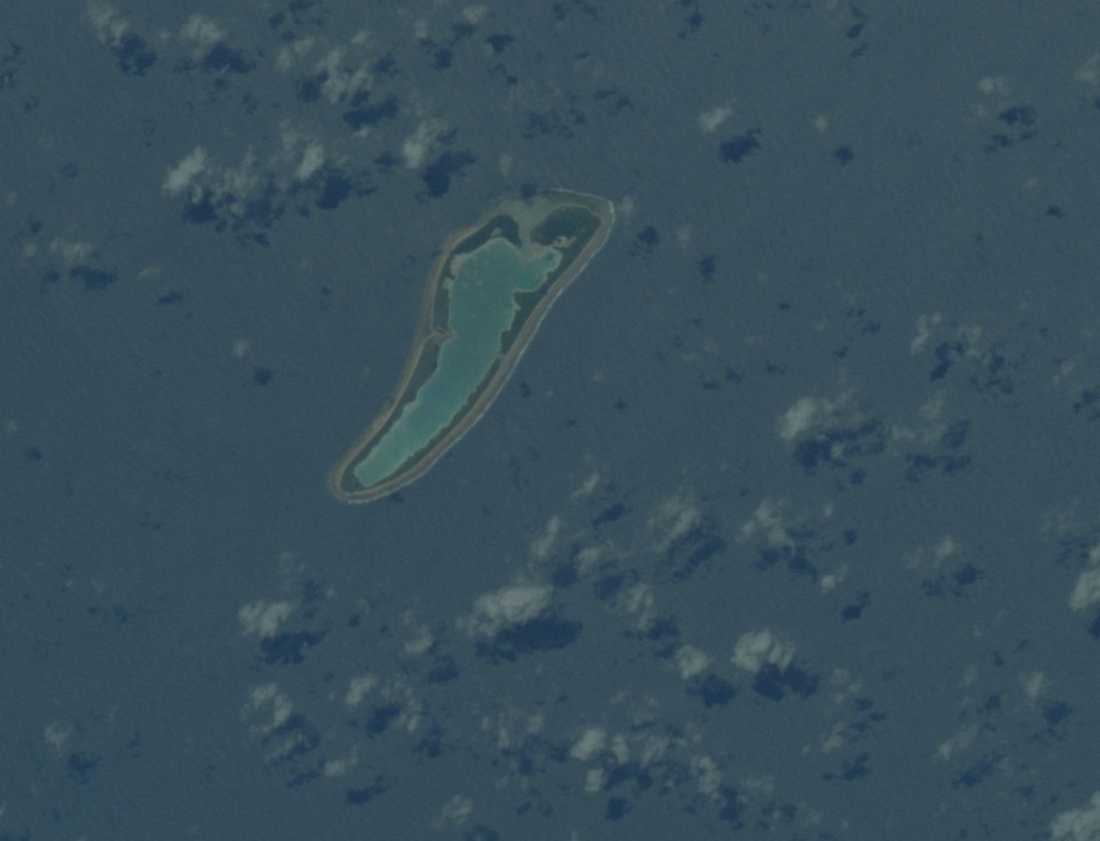Hunt for Amelia Earhart's Plane Back On

A new search for the wreckage of Amelia Earhart's plane will launch in 2014, according to an organization that has already launched several expeditions to the Pacific island of Nikumaroro.
Earhart, a famed aviator, vanished in 1937 along with her navigator Fred Noonan. The two were attempting a flight around the world, and were last seen in Lae, New Guinea. Ever since, theories have circulated that Earhart and Noonan did not die in a crash, but survived for at least a little while after an emergency landing on an uninhabited island.
The castaway theory has focused on Nikumaroro, once known as Gardner Island. According to The International Group For Historic Aircraft Recovery (TIGHAR), Earhart and Noonan may have survived for days or weeks after landing on the reef surrounding the island. Among the evidence were post-crash distress calls thought to have been sent by the stranded aviators. [The 9 Craziest Ocean Voyages]
If TIGHAR's researchers are right, Earhart's Electra (a modified Lockheed Model 10E aircraft) would have been washed from the shallow reefs down a plunging cliff off the coast of Nikumaroro. Previous sonar explorations of the area have turned up bumps and strange shapes on the Cliffside — part of an underwater mountain of which Nikumaroro is the peak. Now, TIGHAR plans to use submarines to explore an object captured photographically in 1937 by British Colonial Service officer Eric Bevingtona during a British colonial expedition.
The Bevington Object, as it is known, was noticed in 2010. It's a tiny speck in a wallet-sized black-and-white photo, but TIGHAR researchers believe it may show the wreckage of the landing gear of Earhart's plane before it was washed down from the reef.
Using the Hawaiian Undersea Research Laboratory's manned submersibles Pisces IV and Pisces V, the TIGHAR explorers plan to search a mile-wide swath of ocean down to a depth of 3,280 feet (1,000 meters). They also plan to search the nearby shore for evidence of an initial campsite where Earhart and Noonan might have survived.
TIGHAR estimates the 30-day expedition aboard the University of Hawaii oceanographic research ship Ka'Imikai-O-Kanaloa could cost $3 million, and they are looking for sponsorships and donations from the public to fund the trip.
Sign up for the Live Science daily newsletter now
Get the world’s most fascinating discoveries delivered straight to your inbox.
Follow Stephanie Pappas on Twitter and Google+. Follow us @livescience, Facebook & Google+. Original article on LiveScience.

Stephanie Pappas is a contributing writer for Live Science, covering topics ranging from geoscience to archaeology to the human brain and behavior. She was previously a senior writer for Live Science but is now a freelancer based in Denver, Colorado, and regularly contributes to Scientific American and The Monitor, the monthly magazine of the American Psychological Association. Stephanie received a bachelor's degree in psychology from the University of South Carolina and a graduate certificate in science communication from the University of California, Santa Cruz.









